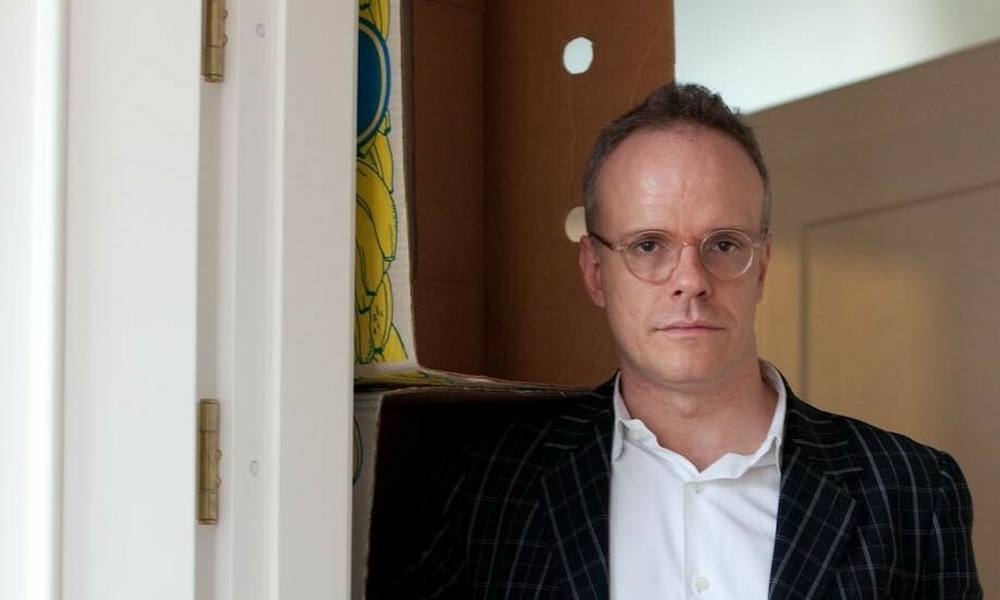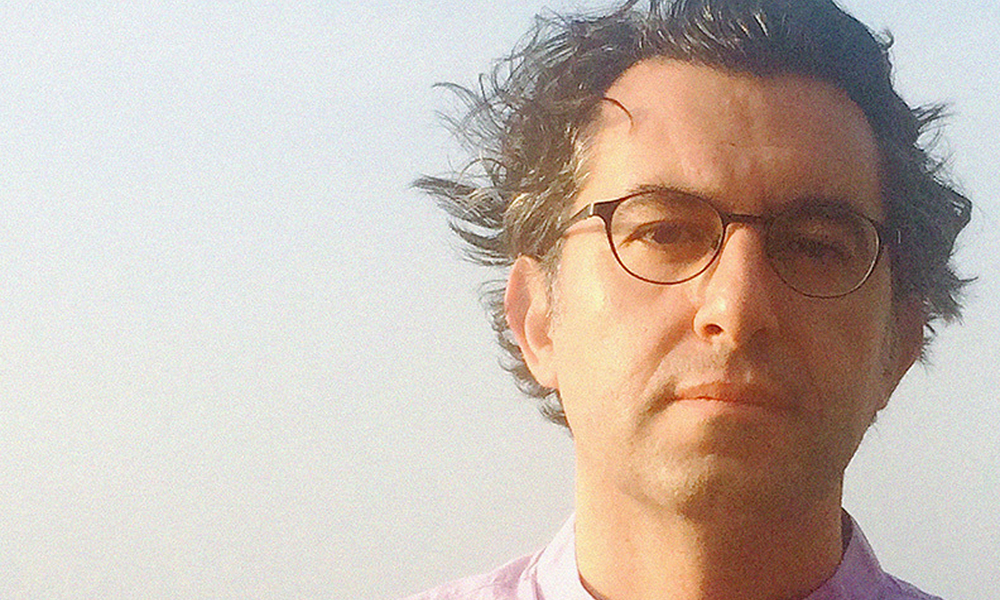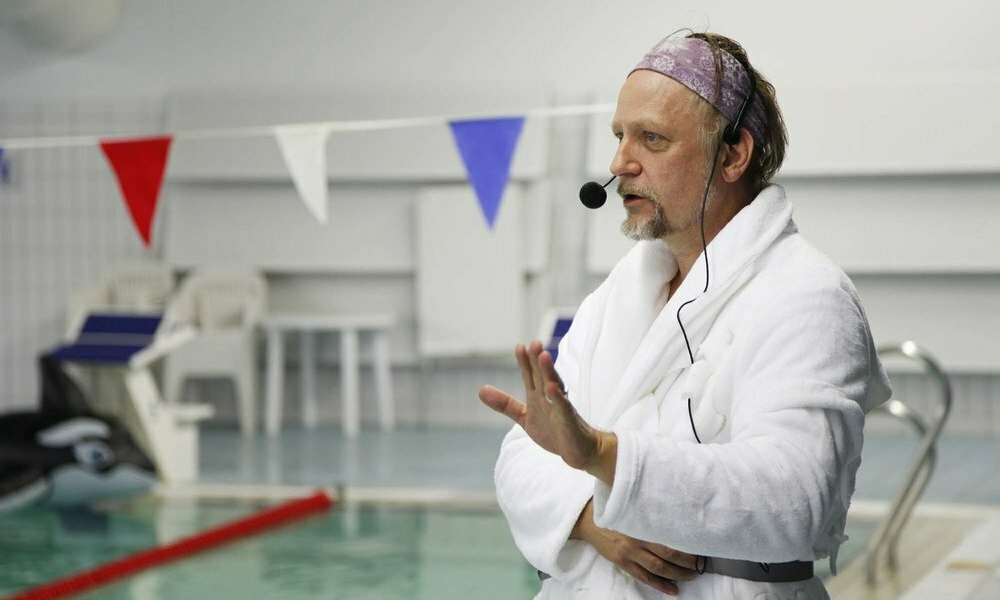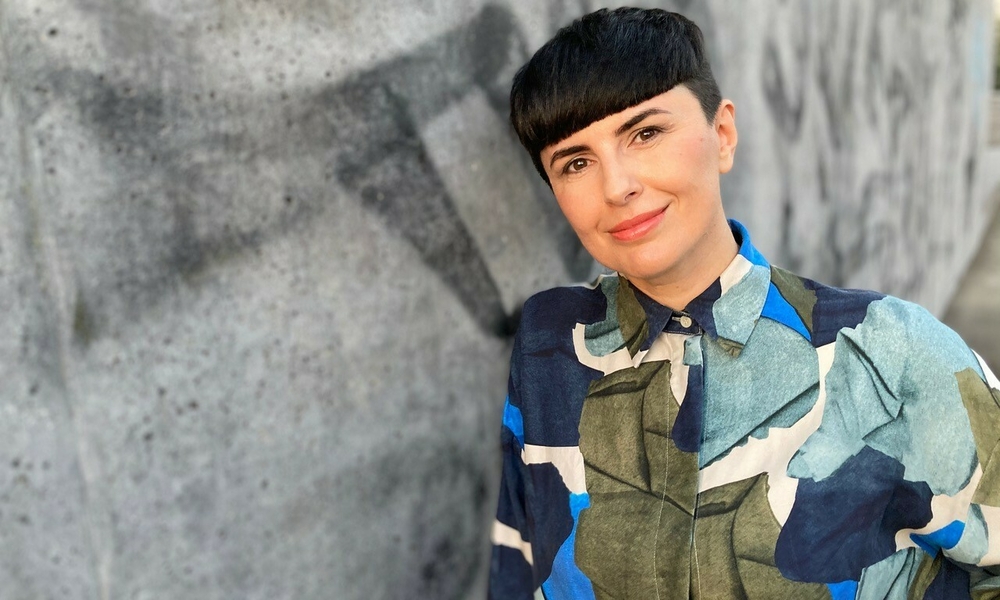MOAD Talks
Linda Norden: Hot Pink and Secrets: What's in a Box?
April 23, 2022
Museum of Art and Design at MDC
MOAD Talks
Linda Norden: Hot Pink and Secrets: What's in a Box?
Hreinn Fridfinnsson’s art is deeply rooted in a sense of curiosity and delight. It depends on his acute attention to the stories and objects that shape a history or habit, and the ways these stories and objects inform each other and act on us. Though his art is generally categorized as “conceptual,” Fridfinnsson’s approach differs fundamentally from much of the art we associate with that label; it begins not in critique, but in wonder, and not from a desire to privilege idea over object, per se. Fridfinnsson frames his concepts as questions and puts precisely tended objects and incident in dialogue with idea. His strategies borrow as much from storytelling and theater as from the photo-documentation and fondness for humble materials and overlooked detail that Conceptual Art took as given.
Fridfinnsson is Icelandic, a “farm boy” in his telling, who attended art school in London and found his way to a sophisticated, mostly European circle of artists and the vocabulary of conceptualism a bit later than those who first generated it. To borrow a phrase from Eileen Myles, a great American poet and critic, his art owes as much to “the importance of being Iceland,” as it does to his inspired wielding of conceptualist strategies.
This lecture takes as its premise the interrogative underpinning of Fridfinnsson’s project, the way his art begins in a question. It focuses, however, on particulars of Fridfinnsson’s process, on the care with which he identifies and crafts and deploys the deceptively simple objects he devises so as to capture and redirect our attention, and the stories he narrates to hold us. It will also take the occasion of his first American exhibition to consider the ways Fridfinnsson’s “Icelandic conceptualism” and storytelling become something more universal.
Linda Norden is a curator, writer, and part-time professor of art history, theory, and criticism She has spent the better part of the past decade teaching in the MFA programs of Columbia University, Yale University, and Hunter College, and, most recently, in the B.F.A. and M.F.A. programs at Cornell’s Architecture, Art and Planning Program; and the B.F.A. and M.F.A. programs at the Malmo Art Academy in Malmo, Sweden.
Norden served as the first curator of contemporary art at Harvard University's Fogg Art Museum between 1998 and 2006; created, directed and curated the City University of New York's Graduate Center’s James Gallery from 2008–10; and taught art history and methodology at Bard College, beginning in 1992, and then at Bard’s Center for Curatorial Studies, between 1994 and 1998, where she participated in much of the early-stage program development and planning. She served as commissioner of the U.S. Pavilion for the 2005 Venice Biennale, where she organized Ed Ruscha's project, Course of Empire, with Donna DeSalvo and produced Pierre Huyghe’s film and installation, “This is not a time for dreaming…,” with Scott Rothkopf, for the Harvard University Art Museums. With Peter Ballantine, Donald Judd’s longtime fabricator, she curated an exhibition of the early work of Judd, Frank Stella and Enrico Castellani, which explored the ideas Judd set out in “Local History,” the prelude to his iconic essay on the idea of a “Specific Object” for the Domique Levy Gallery, in 2014.
Norden has written about many contemporary artists for Artforum, BOMB, The Art Journal, and for various catalogs and publications. She is on the board and actively engaged in advising the Los Angeles non-profit space JOAN, where she curated an exhibition featuring the experimental film work of Peggy Ahwesh last fall, and she is at work now on a group exhibition for the Hauser & Wirth Galleries tentatively nicknamed Animal Friends, which focuses on incidents of animal care and love.





